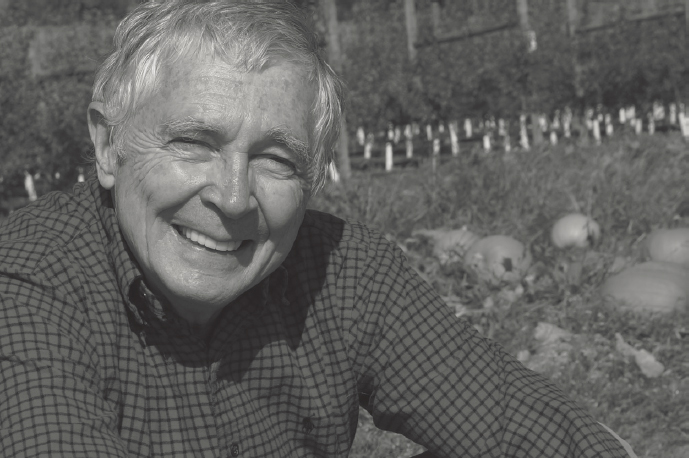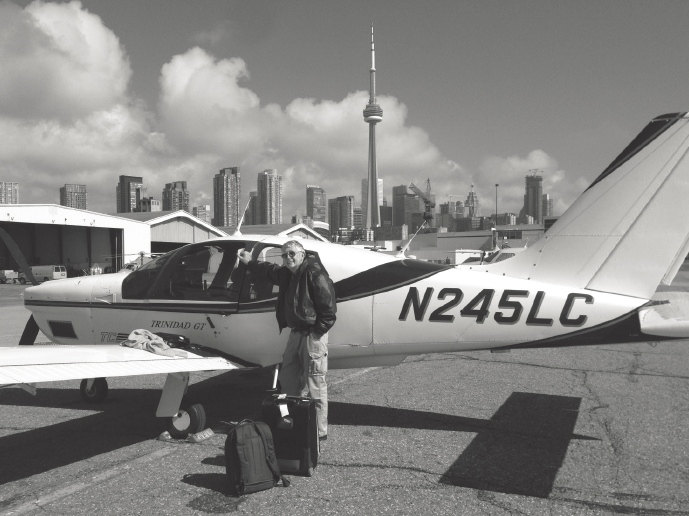

L. LOUIS HEGEDUS
1941–2017
Elected in 1989
“For contributions to the design and performance of catalysts and catalytic reactors.”
BY F. PETER BOER, JAMES A. TRAINHAM III, AND MARTIN B. SHERWIN
L. LOUIS HEGEDUS, a leader in the field of reaction engineering, one of the inventors of the automobile catalytic converter, and a distinguished research executive, died May 24, 2017, at the age of 76.
Louis was born April 13, 1941, in Szolnok, a small town outside Budapest. His father, Lajos Hegedus, was a chemical engineer and his mother, Anna, a teacher. He graduated with a degree in chemical engineering from the prestigious Budapest University of Technology and Economics, where he met his future wife, Eva Brehm, at a dance. Louis escaped from communist Hungary in 1965 to Germany, where he shoveled coal and took other odd jobs while learning German at an American military base. From there he secured a job in a materials testing laboratory of Daimler-Benz—all the while working to get Eva out of Hungary. She eventually succeeded in escaping to Austria, and the two were later married in Mannheim, Germany, in 1968. They left Germany when Louis was accepted to a doctoral program at the University of California, Berkeley, based on the recommendation of fellow Hungarian Gabor Somorjai.
At Berkeley, Louis pursued an interest in reaction engineering and catalysis and wrote his thesis under the supervision of Eugene Petersen. His work exploited the fact that
the performance of catalyst pellets is determined by a complicated interaction of internal and external transport effects with the intrinsic kinetic rate at the active surface. Petersen and Hegedus also published pioneering papers that advanced the field of catalyst poisoning, an area that would prove to be of central importance to catalyst development. Louis received his PhD in chemical engineering in 1972.
His timing and choice of field were fortuitous, as air pollution was becoming a national issue in the United States. The Environmental Protection Agency was phasing out leaded gasoline and mandating that most gasoline-powered vehicles be equipped with a catalytic converter starting with the 1975 model year. But the technical challenges were enormous, in terms of (i) the required reactor performance in both oxidative and reductive modes over a very wide range of temperatures and space velocities and (ii) integration of a working reactor system in a car. This complex project was likely one of the largest commercial R&D programs of the century.
Given the technical challenges and political imperative, it is no wonder that General Motors offered Louis a job in 1972. In time he advanced from bench scientist to group leader in charge of catalytic research.
Lead, which was ubiquitous in gasoline until it was outlawed, is a potent poison of catalytic surfaces. His work identifying and understanding this phenomenon positioned Louis to write the first monograph on catalyst poisoning.1 During this period of intense technical challenge and professional accomplishment, Louis’s and Eva’s first daughter was born while the family lived in Grosse Pointe, Michigan.
In 1980 Louis was recruited by W.R. Grace and Company to be director of inorganic research at its Washington Research Center in Columbia, Maryland, where the second Hegedus daughter was born.
This transition initiated the second stage of his career in industry. Grace’s inorganic research portfolio consisted mostly
___________________
1 Hegedus LL, McCabe RW. 1984. Catalyst Poisoning. New York: Marcel Dekker Inc.
of catalysts (in particular, petroleum catalysts), construction materials, and battery separators. The company had no position in emission control. Louis led an effort to control NOx emissions by selective catalytic reduction. He identified and then licensed the appropriate technology in Japan and helped transfer it to a new plant built in Bergisch Gladbach, Germany (east of Köln). He also successfully scaled up technology for absorbing both SOx and NOx air pollutants, and it was implemented in a 5-megawatt pilot plant operated by Ohio Edison; in both of these endeavors, he worked closely with two of the authors (FPB and MBS).
Louis’s catalysis group introduced metallocene catalysts to Grace, helping to make the company the top supplier of poly-olefin catalysts to industry. His construction products group also developed several generations of superplasticizers that led to high-strength concretes, and chemical technologies for asbestos abatement. In batteries, Grace early recognized that a fusible battery separator was key to the safety of lithium batteries, and Louis’ group held and defended a key patent on that important concept. In time, Louis was promoted to vice president in the Corporate Technology Group.
The third major phase of Louis’ professional career began in 1996 when he was recruited to head US chemical research for Elf Atochem, a unit of the largest French petroleum company, Elf-Aquitaine. His responsibilities included directing a 300-person research laboratory in King of Prussia, Pennsylvania, and coordinating its programs with the company’s other research groups around the world. Their leading products were in thiochemicals, fluorochemicals, fluoropolymers, and hydrogen peroxide. The laboratory also pursued advanced technologies in electronic chemicals and fuel cells. Elf later merged with Total, another French petroleum giant, and the chemical operations were soon spun off as Arkema. Despite the structural changes, Louis adapted well to the French engineering and business culture and ran these laboratories successfully until his retirement in 2006 as senior vice president.
Louis was elected to the NAE in 1989 and participated in a number of National Academies studies on topics including the
Potential for Light-Duty Vehicle Technologies, New Directions in Catalyst Science and Technology, Critical Technologies: The Role of Chemistry and Chemical Engineering in Maintaining and Strengthening American Technology, and Benchmarking the Research Competitiveness of the US in Chemical Engineering. In addition, he was appointed to the Board on Chemical Sciences and Technology, Chemical Sciences Roundtable, and Commission on Physical Sciences, Mathematics, and Applications. He also served as vice chair, section liaison, and chair of the Section 3 (Chemical Engineering) Executive Committee.
His last major publication was an important policy monograph, Viewing America’s Energy Future in Three Dimensions, coedited with Dorota S. Temple (RTI Press, 2011).
Among his professional honors was the 1988 R.H. Wilhelm Award in Chemical Reaction Engineering. In 2008 he was named one of the top 100 Chemical Engineers of the Modern Era by AIChE.
On his own time, Louis was a serious and careful pilot, holding an instrument rating and flying with his family and friends around the country in his elegant Socata Trinidad. Aviation was perhaps his favorite subject of conversation. He was also fond of both fast cars and fine German cars. He had a Corvette when he was at GM, a large imported Mercedes sedan when he was at Grace, and he also drove a Porsche Boxster. His last car was a Porsche Panamera.
After Eva passed away in 2012, Louis moved to Pasadena, California, to be closer to his daughters and their families. He met new friends and neighbors, visited local gardens, traveled, flew his plane, and enjoyed spending time with family and old friends. He remained a loving father, grandfather, and friend throughout his struggle with cancer.
Louis is survived by his daughters Caroline Hegedus Borncamp, an attorney with Link Law specializing in estate planning, and Monica Hegedus, MD, a pediatrician at Cedars Sinai Medical Center, and a granddaughter.






